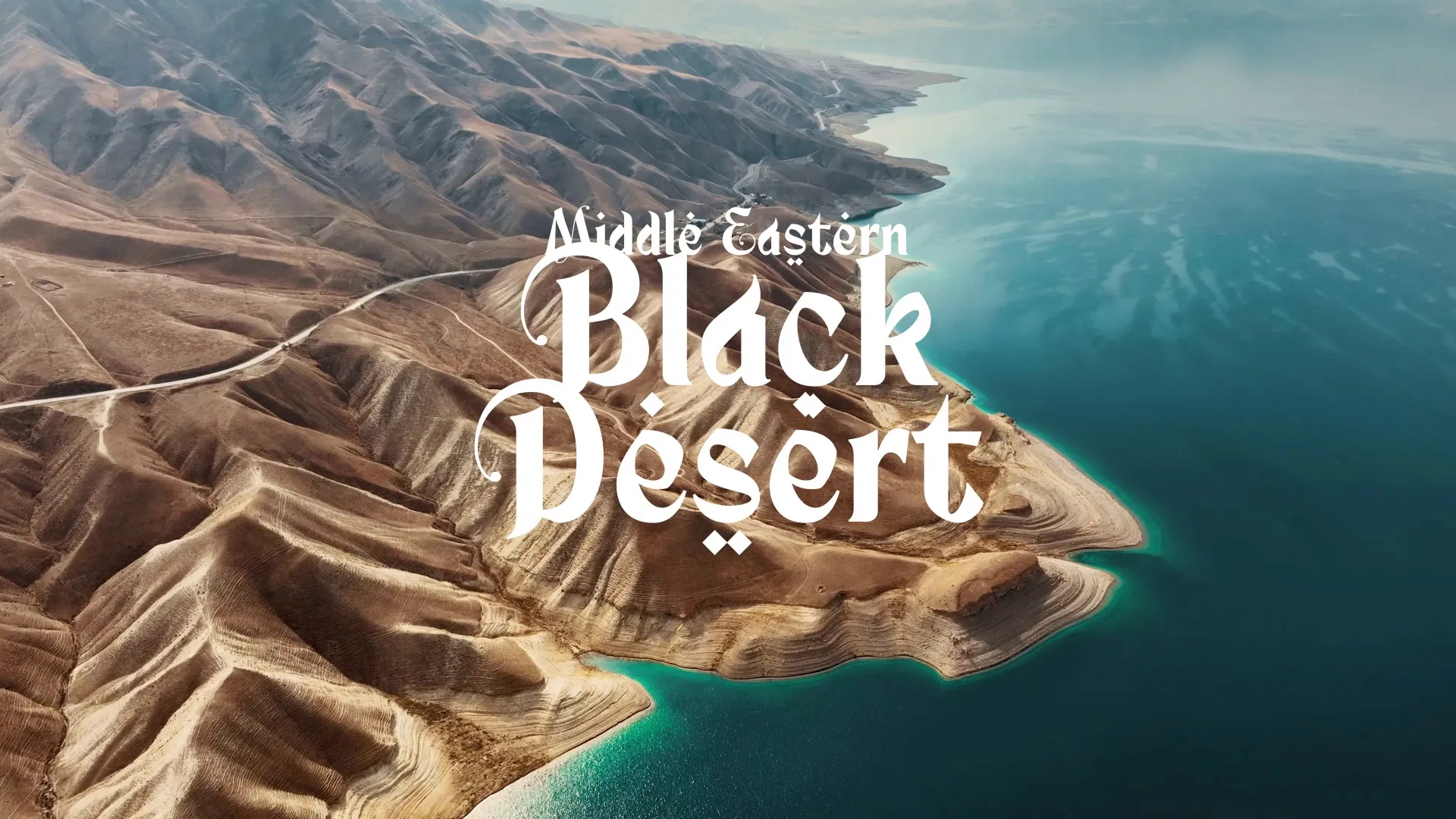Networking Tips for Indie Game Developers: Crafting an Effective Elevator Pitch & Compelling Portfolio
Networking is not just for established professionals; it is crucial for indie game developers. Connecting with peers, mentors, and potential collaborators can open doors to opportunities that accelerate your game’s development and visibility. This article provides practical strategies for crafting a memorable elevator pitch and building a portfolio that truly stands out. It’s about making genuine connections and effectively showcasing your work to the right people.
Why Networking Matters for Indie Developers
Many indie developers focus solely on development, overlooking the value of external connections. However, the game industry thrives on relationships, and your network can provide crucial feedback, partnerships, and even funding. Understanding the financial realities of this path, as discussed in articles like Realistically, How Much Does an Indie Game Dev Make Per Year?, highlights why every advantage, including a strong network, is essential.
Crafting Your Elevator Pitch: The Core Message
An elevator pitch is a concise summary of your game or project, designed to be delivered in a short timeframe, typically 30-60 seconds. Its purpose is to pique interest, not to explain every detail.
Your pitch should start with a hook, a unique selling proposition that immediately grabs attention. This could be a genre twist, an innovative mechanic, or a compelling narrative concept.
Clearly state what your game is about, its core gameplay loop, and the target audience. Focus on the emotional experience or the unique problem your game solves.
Always end with a clear call to action or an open-ended question to encourage further conversation. This could be ‘I’d love to show you a demo’ or ‘What are your thoughts on innovative puzzle mechanics?’
Elevator Pitch Pitfalls to Avoid
Avoid technical jargon that might confuse someone outside your specific development niche. Keep it accessible and engaging for a broader audience.
Do not try to cram too much information into a short pitch; less is often more. Focus on impact and intrigue rather than exhaustive detail.
Never sound rehearsed or robotic; practice until it feels natural and conversational. Authenticity resonates more than perfection.
Building a Compelling Game Portfolio
Your portfolio is your visual resume, a curated collection of your best work that demonstrates your skills and passion. It should be easily accessible and visually appealing.
For indie developers, a dedicated online portfolio like Devpage allows you to showcase all your games in one professional space. This central hub makes it easy for others to explore your projects.
Include high-quality screenshots, short gameplay videos, and clear descriptions for each project. Visuals are paramount in game development portfolios.
For each project, explain your specific role and contributions, especially if it was a team effort. Highlight the challenges you faced and how you overcame them.
Create a free account, or log in.
Gain access to free articles, game development tools, and game assets.























